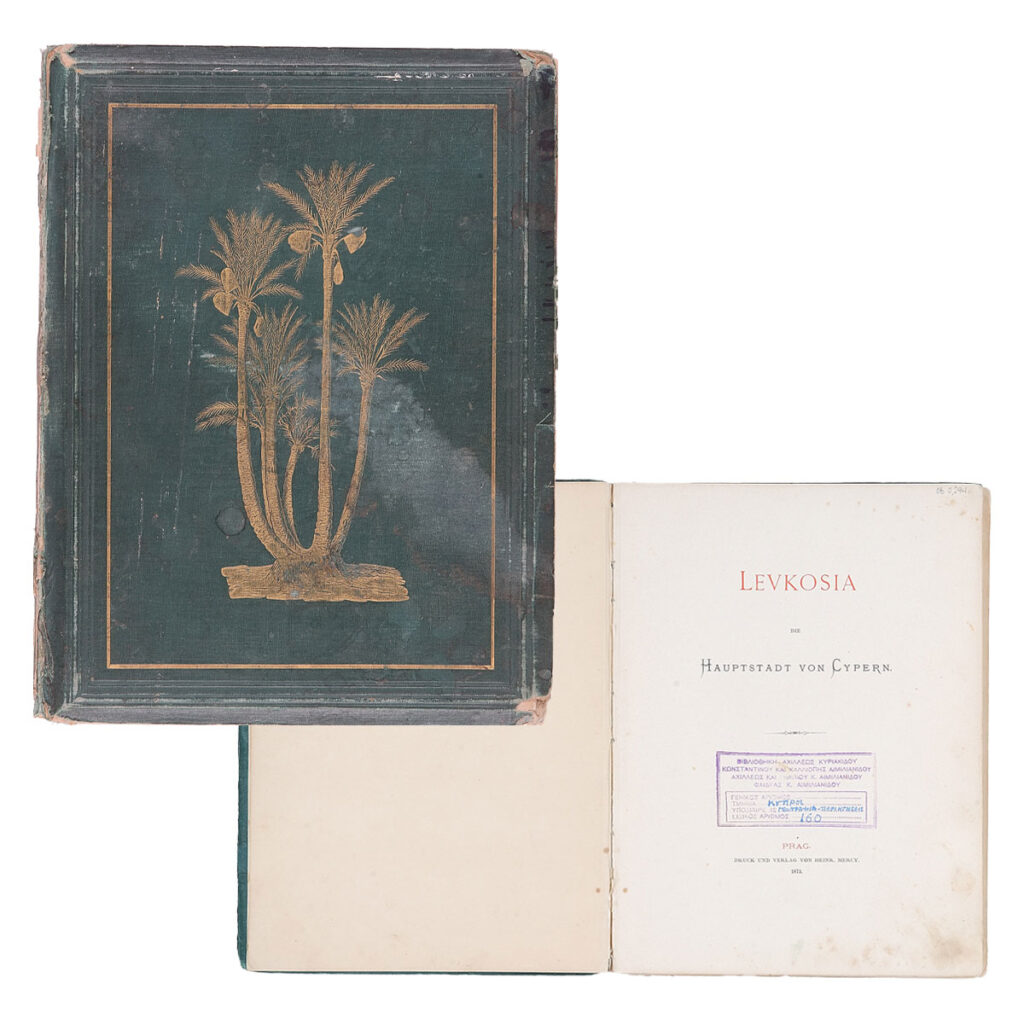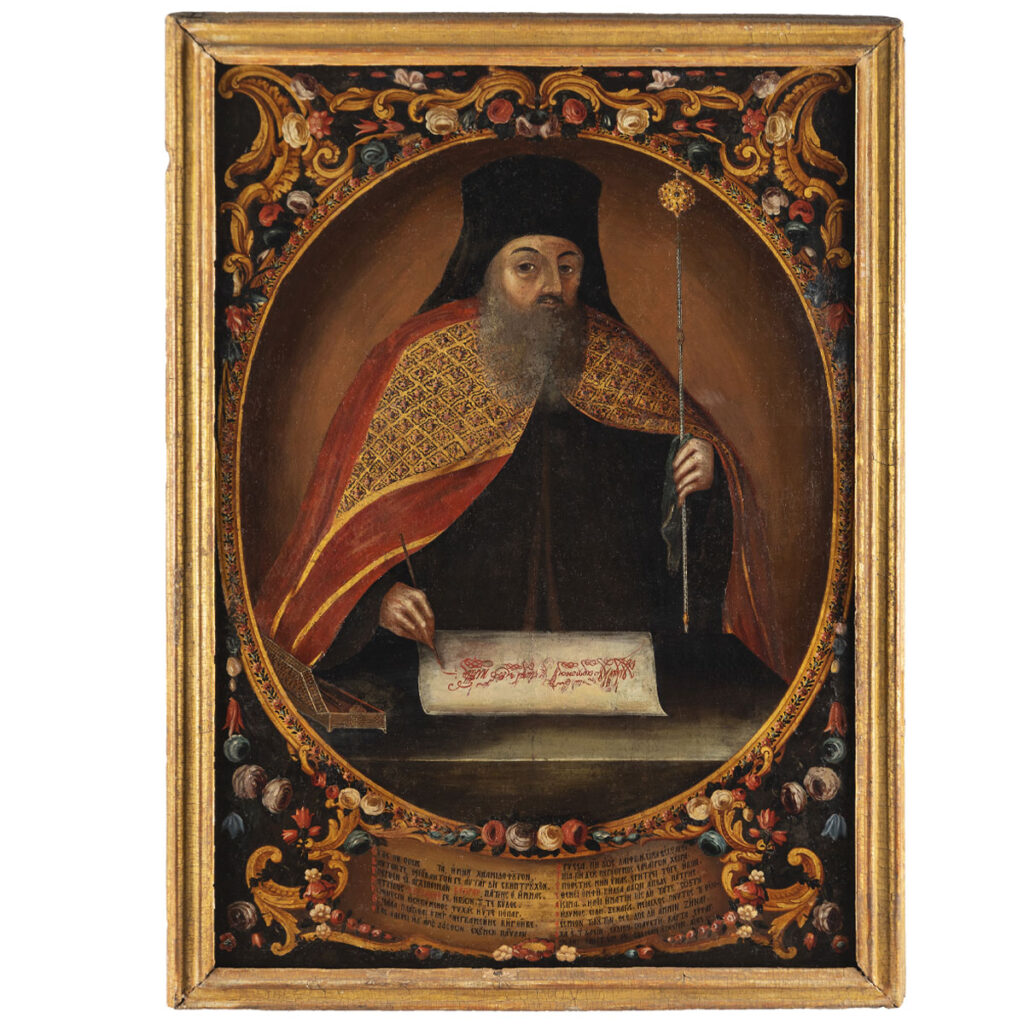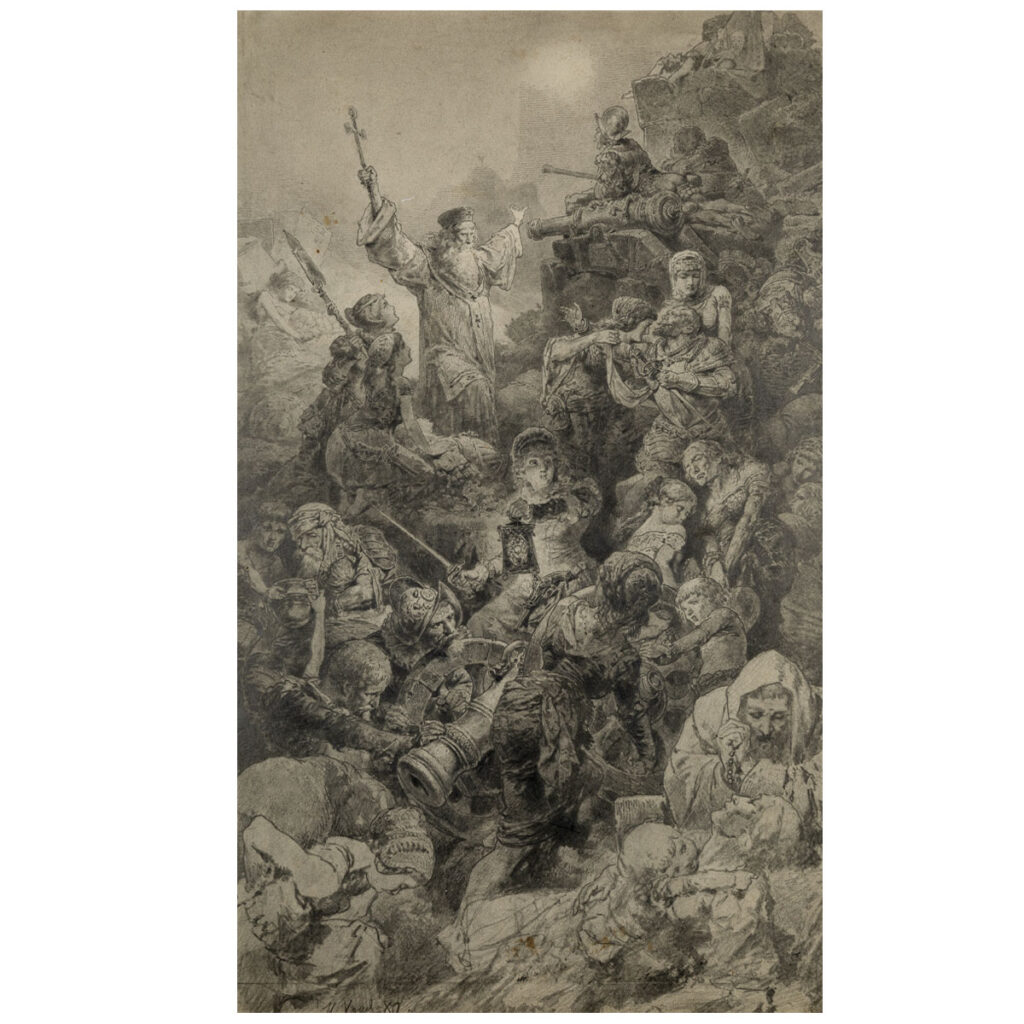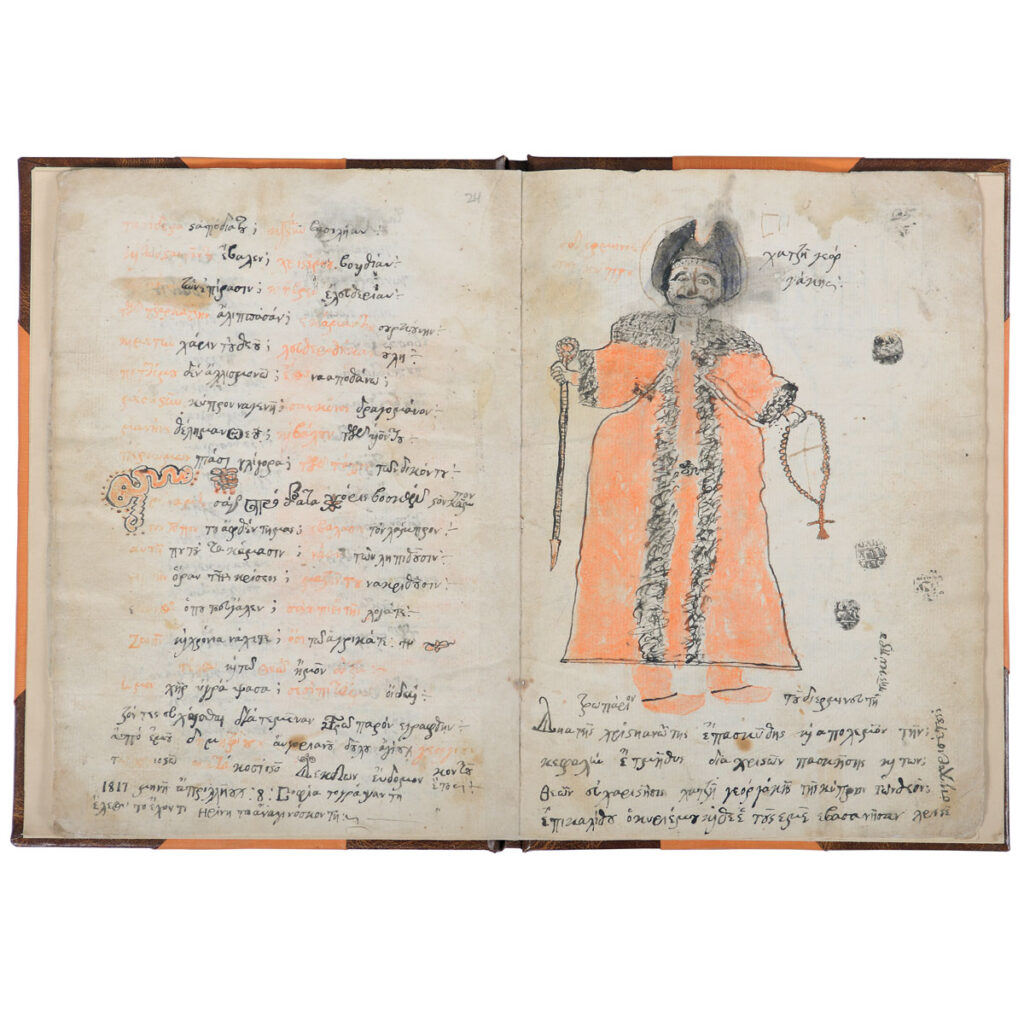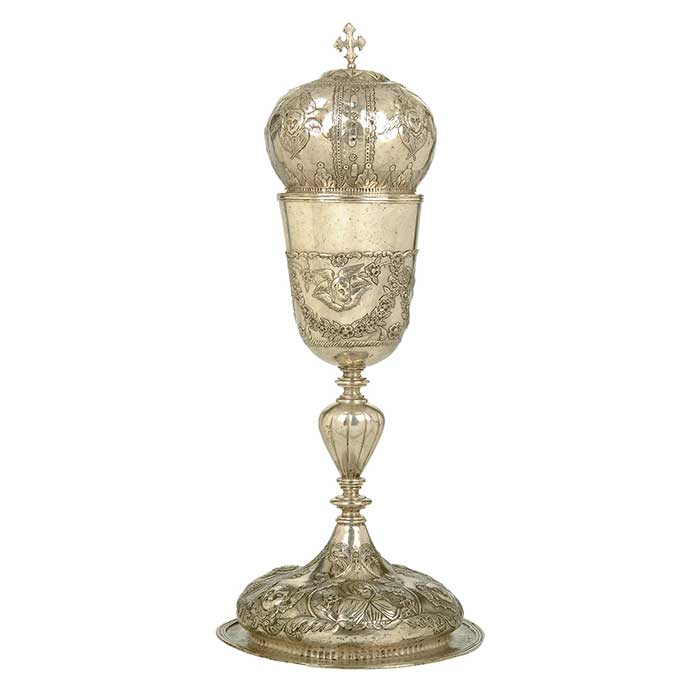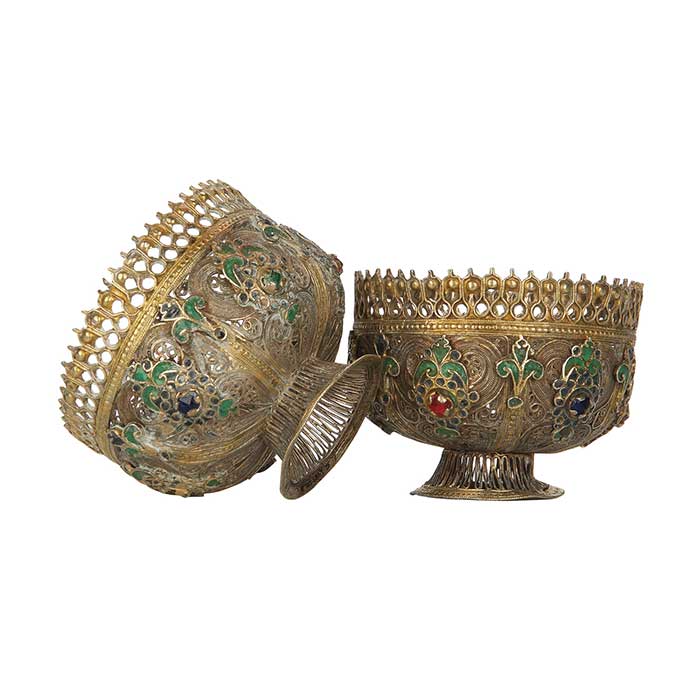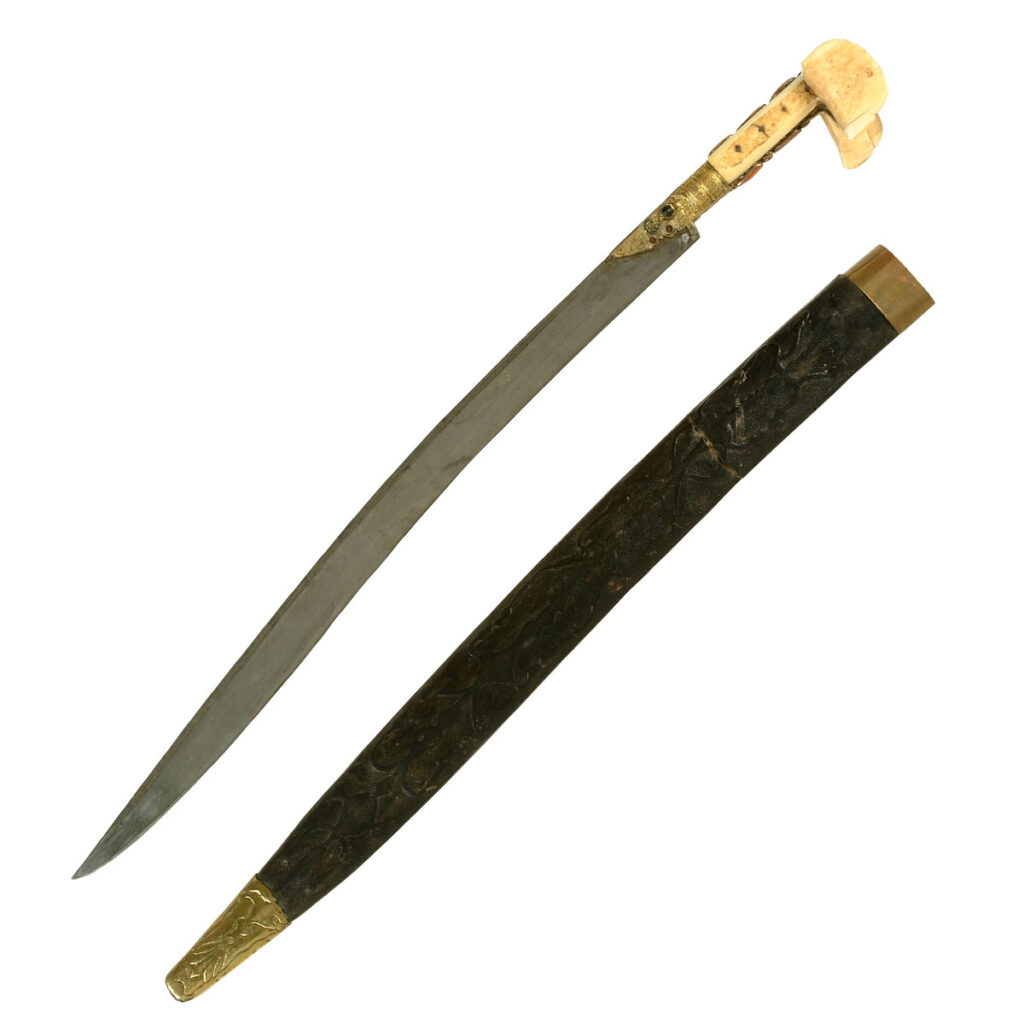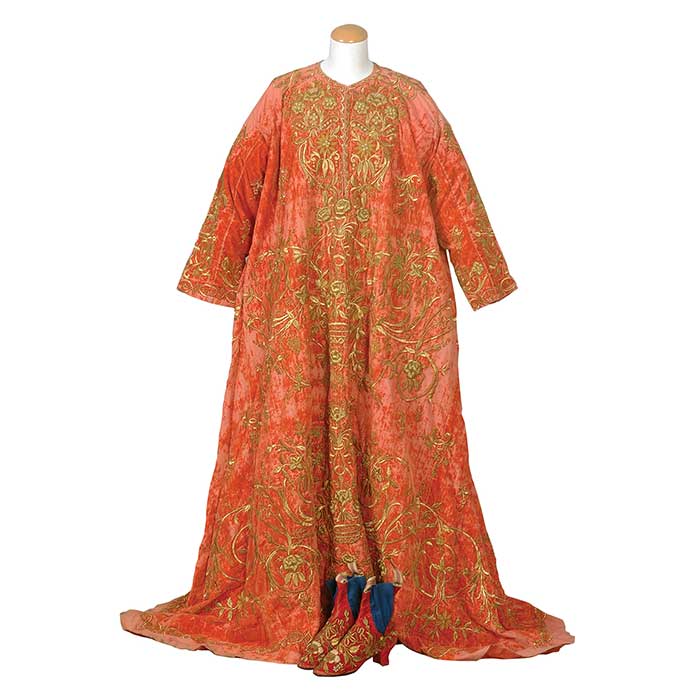Ottoman Period
After the Ottoman conquest of Cyprus, the island was divided into 16 administrative regions, the katillikia. Joined to Nicosia were the katillikia of Oreini, Kythrea, Mesaoria, Famagusta and Karpasia.
All the inhabitants of the island became reaya, subjects of the Ottoman Empire, and were obliged to work on state-owned land one day per week and pay taxes. Many of them secretly left Cyprus for Venice or elsewhere, whereas special edicts allowed for the arrival of settlers from Anatolia, Christians and Muslims alike.
Nicosia was the seat of the governor of Cyprus, who had the office of beylerbey, and the residence of four aghas, responsible for the custody of the treasury and for collecting and allocating taxes. The city was also the seat of the kadi, the Ottoman judge, who was also invested with religious authority, as he bore the title of mullah. A significant development in the history of Nicosia was the return and settlement of the Greek Orthodox archbishop.
During the early years of Ottoman rule, the institution of the dragoman (interpreter) was developed on the island. Dragomans were elected by the hierarchs and the notables. Their appointment to office was recognised by the sultan through the issue of a special firman. They answered to the sultan and had the right to have direct contact with him in Constantinople. Dragomans were responsible for taking the census and evaluating the property of the people for tax purposes. Cyprus’s dragomans were called the ‘Dragomans of the Saray’; amongst them, Hadjigeorgakis Kornesios was widely known.
During the Ottoman period, Nicosia remained the island’s main commercial centre, with wine, cotton and sesame being its basic export products. Also of note were the bazaars of Nicosia, of which the ‘Gynaikobazaro’, the Women’s Bazaar held every Friday, was especially popular.

